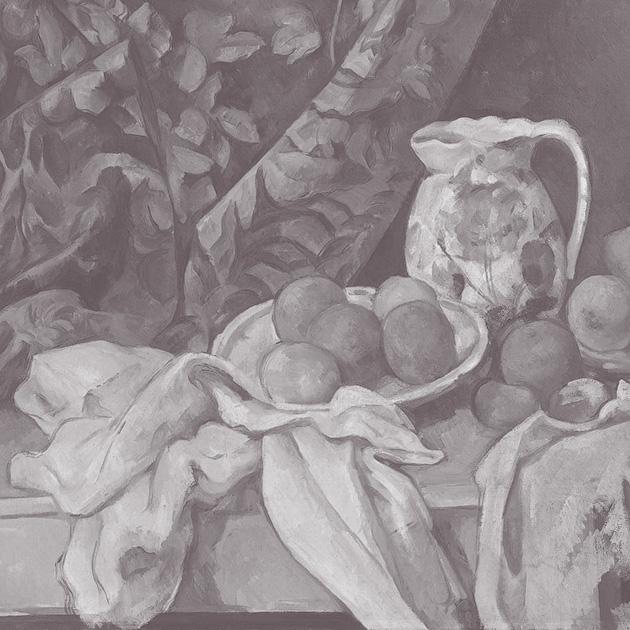
Exhibition of Paintings by Paul Cézanne
Поль Сезанн
Натюрморт с драпировкой
Ок.1894-1895
55х74,5
Государственный Эрмитаж
В июне Амбруаз Воллар устроил показ картин Винсента Ван Гога, а в середине ноября — Поля Сезанна. Эта первая выставка Сезанна включала в себя 150 произведений, которые демонстрировались тремя партиями по 50 работ: галерея Воллара была слишком мала, чтобы вместить все сразу. Любопытно, что сам торговец до того момента никогда не встречал Сезанна, а идею такой выставки воспринял от Огюста Ренуара. Вожди импрессионизма не просто посетили галерею, они провели там немало времени, высоко оценив достижения мастера из Экса: Эдгар Дега, Камиль Писсарро и Ренуар приобрели на выставке по одной картине, а Клод Моне — целых три. Точный состав экспозиции неизвестен (никакого каталога не было), но несомненно, что там был выставлен ряд картин, с наступлением следующего столетия ушедших в Россию, к С. И. Щукину и И. А. Морозову: подавляющее большинство этих полотен попало к московским собирателям именно от Воллара.
Anarchism in France
France continued to be torn by internal contradictions. Although the wave of anarchist terrorist attacks was coming to an end, the name of François Ravachol was pronounced with considerable sympathy among the lower classes. This even led to the appearance of a new verb, ‘ravacholer’, meaning ‘to destroy the enemy’. A song in Ravachol’s honour employed the tune of the revolutionary la Carmagnole and included the words ‘Let us dance the Ravachole, Long live the sound of the explosion… All the bourgeois will have a taste of the bomb!’
The General Confederation of Labour
The urban proletariat made its presence felt for the first time since the Paris Commune, organising a trade union organisation known as the Confédération générale du travail – the General Confederation of Labour.
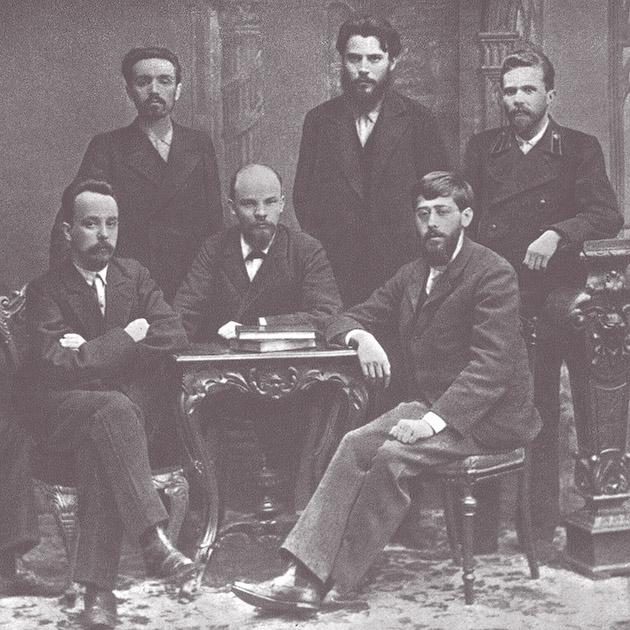
Union for the Liberation of the Working Class
Члены петербургского «Союза борьбы за освобождение рабочего класса»
Сидят, слева направо: В.В.Старков, Г.М.Кржижановский, В.И.Ленин, Ю.О.Мартов; стоят: А.Л.Малченко, П.К.Запорожец, А.А.Ванеев.
1897
In St Petersburg an illegal political group was formed, the Union for the Liberation of the Working Class. Most of its members were arrested.
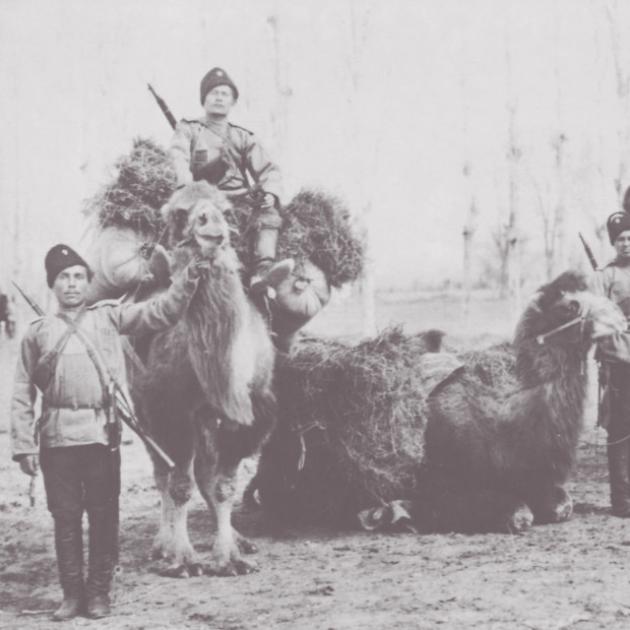
Signing of a Russo-British agreement establishing Russia’s southern border with Afghanistan in the Pamirs, along the River Panj (Panch): this marks the furthest extent of the Russian Empire into Central Asia.
Оренбургские казаки с верблюдами в Средней Азия
Вторая половина XIX века
Madagascar becomes a French protectorate.
Anton Chekhov writes Three Years and Anna on the Neck and other tales and short stories.
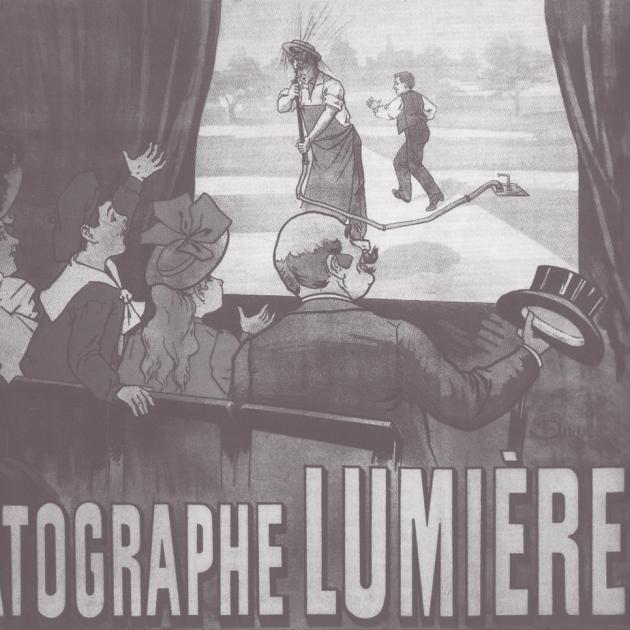
First Public Film Showing
Афиша киносеансов братьев Люмьер
1895
The Lumière brothers held the first public showing of their short films. Louis Lumière saw his discovery merely as a ‘scientific curiosity’, unaware of its creative potential. Their films were also shown in Russia.
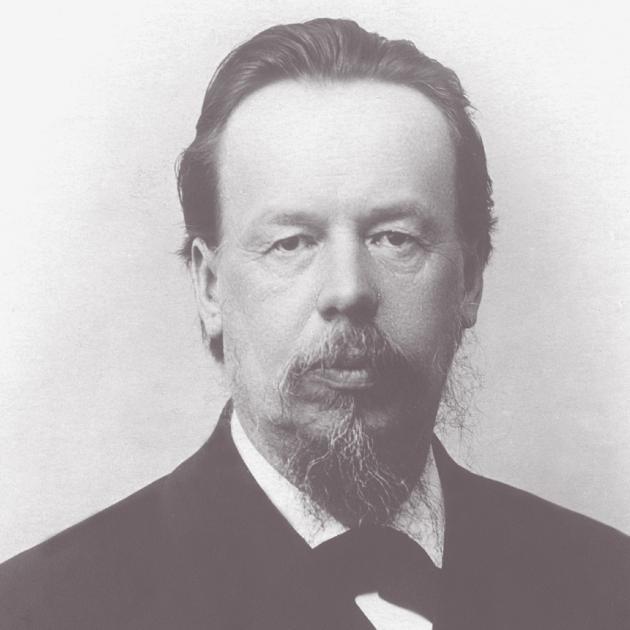
Invention of Radio
А. С. Попов
Начало ХХ века
Alexander Popov presented a paper to the Russian Physical and Chemical Society at St Petersburg University, demonstrating his own instrument for sending radio signals across a distance.
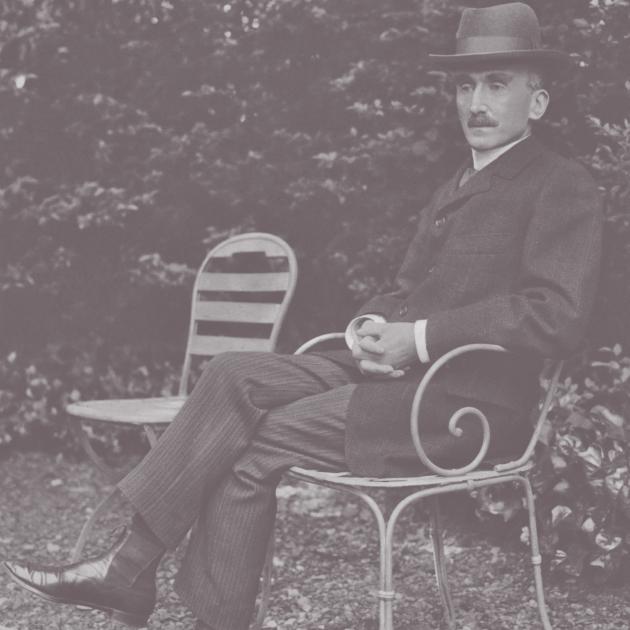
Henri Bergson’s Matter and Memoir
Анри Бергсон
Ок. 1905
In his book Matter and Memoir the French philosopher Henri Bergson looked at several key questions regarding human consciousness: realism and idealism, the nature of affectivity, forms of memory, idea and memory, images and recollection. Bergson’s research was later much valued by many avant-garde artists, among them Henri Matisse.
The Battle for Gustave Caillebotte’s Collection
Officials from the French government’s fine arts administration and the Musée du Luxembourg rejected half of the paintings bequeathed to the state by Gustave Caillebotte. These supporters of official art were enraged by the paintings of Claude Monet and Camille Pissarro, the leaders of Impressionism. Amongst the paintings refused by the state were eight of the sixteen works by Monet and eleven of eighteen by Pissarro. Auguste Renoir and Gustave Caillebotte’s brother Martial sought to appeal the decision.
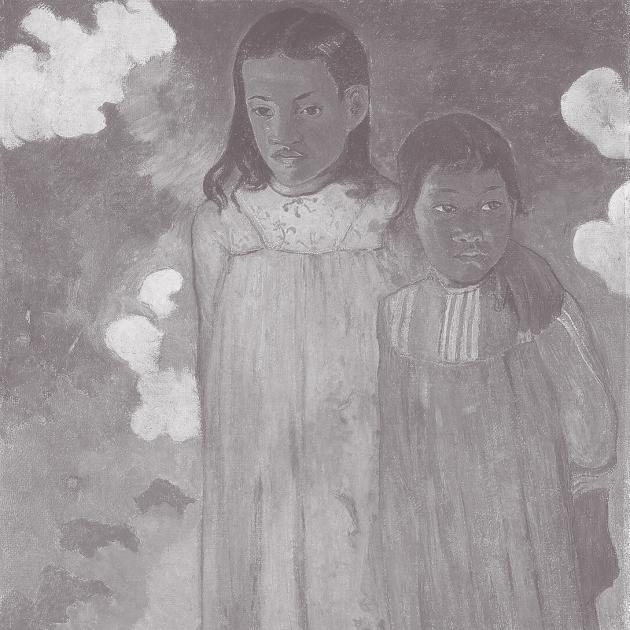
Auction of Paintings by Paul Gauguin
Поль Гоген
Две сестры (Piti Tiena)
1892
Холст, масло.
Государственный Эрмитаж, Санкт- Петербург
Paul Gauguin’s friends organised an auction of his paintings, although most of them remained unsold. Among the exceptions was Two Sisters, now in the Hermitage Museum (formerly coll. Otto Krebs).
Paul Gauguin Sails to Oceania
Once more Paul Gaugin set sail for Oceania, from where he was never to return. Sailing from Marseille on 3 July and making stops in Australia and New Zealand, he arrived on Tahiti only two and a half months later. Gauguin hired locals to build him a bamboo hut with a palm-leaf roof and sent for his vahine (wife) Tehamana. During his absence, however, she had married a young Tahitian man and she never returned to the artist.
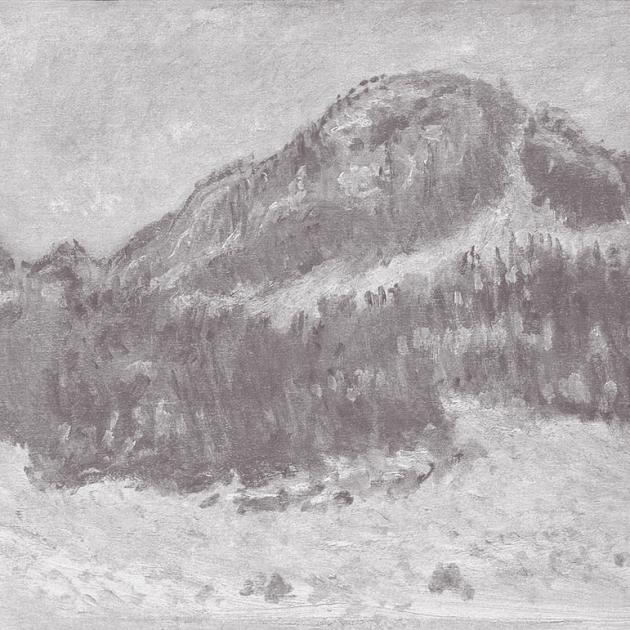
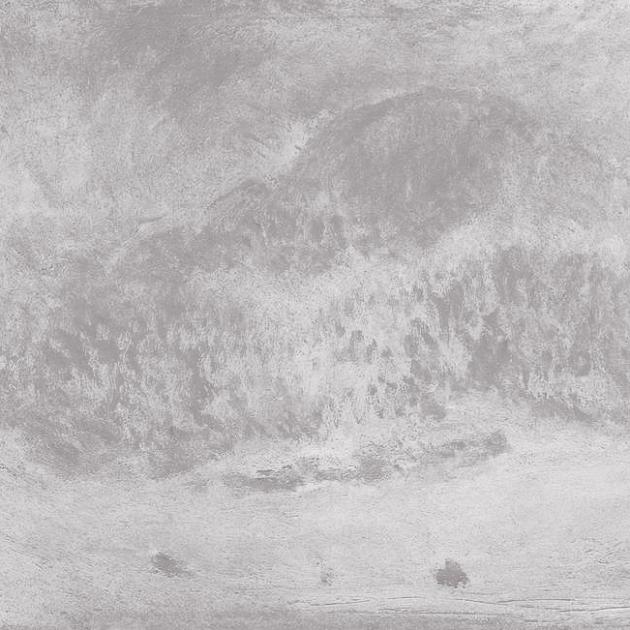 1 / 2
1 / 2Claude Monet’s Journey to Norway
Клод Моне
Гора Колсаас в Норвегии (фрагмент)
1895
Холст, масло. 65,5 х 100
Музей Орсэ, Париж
Клод Моне
Гора Колсаас во время снежного шторма (фрагмент)
1895
Холст, масло. 65 х 100
Частная коллекция, Швейцария
© AKG Images / East News
In early March Claude Monet deferred his exhibition at the gallery of Paul Durand-Ruel to make time for a trip to Norway. On his return he brought back a group of incredibly white snowy landscapes that he showed in May at a large exhibition (fifty or so works). Edgar Degas, Camille Pissarro, Paul Cézanne and Auguste Renoir were amazed by Monet’s virtuoso painterly technique.
Edgar Degas’ Acquisitions of Paintings
Edgar Degas informed Paul Durand-Ruel that he had purchased eight works by Paul Gauguin for a thousand francs at the artist’s sale. At the end of the year he also acquired works by Vincent van Gogh and Paul Cézanne. Showing a number of recent acquisitions of works by Eugène Delacroix, van Gogh and Cézanne to a young friend, Daniel Halévy, he exclaimed: ‘I buy and buy, I just cannot stop.’
Crisis in the Wanderers
In Russia, meanwhile, the art world was going through a period of relative calm. The Wanderers were in crisis as a new generation grew up, a crisis from which they were never fully to emerge. Formed in the 1860s by the battle against the official idealism of academic art, they had themselves now become the new establishment, a new kind of academicism of a belatedly Realist trend, and had lost their influence. The reorganisation of the Imperial Academy of Arts that started in 1891 had made Vladimir Makovsky, Viktor Vasnetsov, Vasily Polenov and Ilya Repin professors and full members but this only went a small way towards strengthening their individual status: it was unable to halt the general decline in the influence of the Wanderers’ form of Realism.